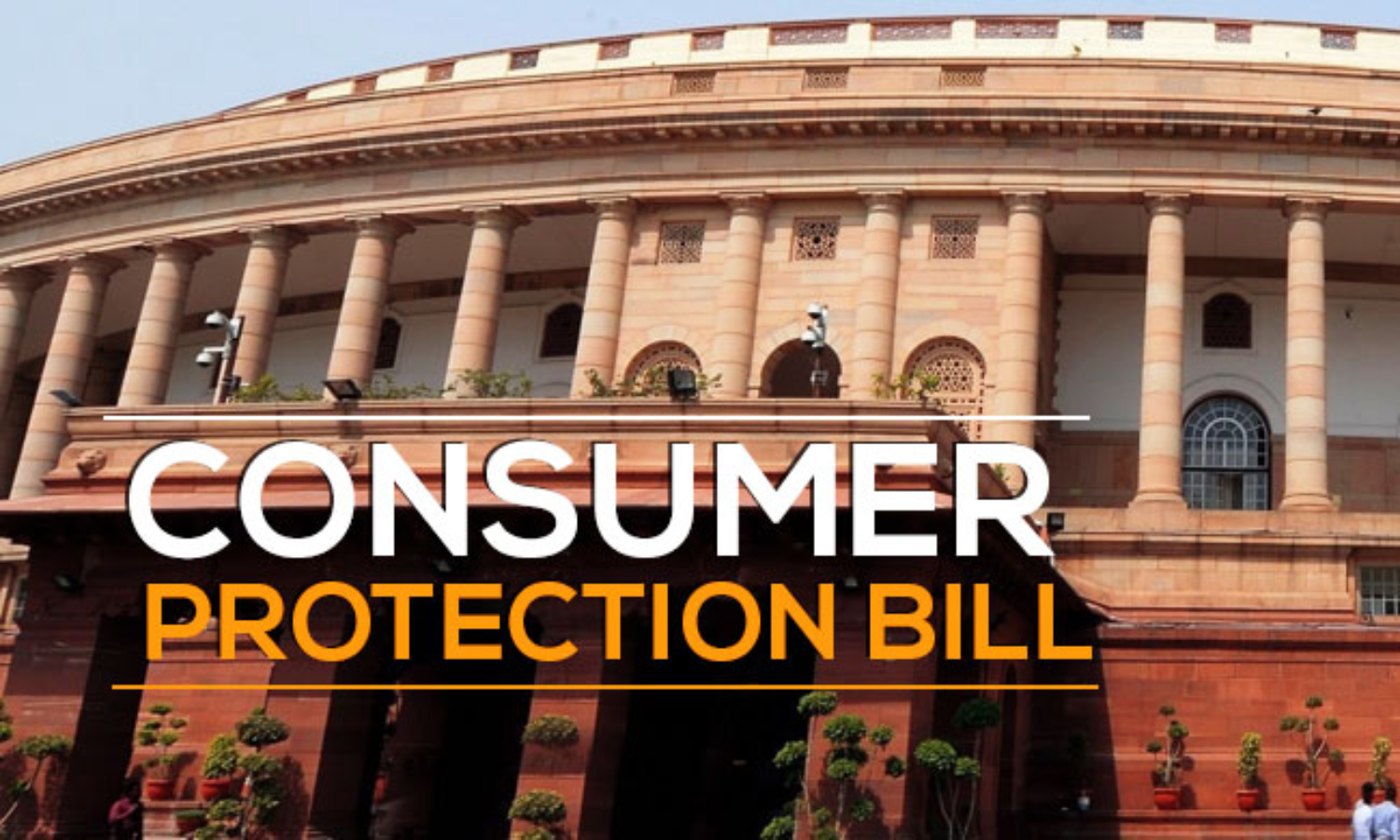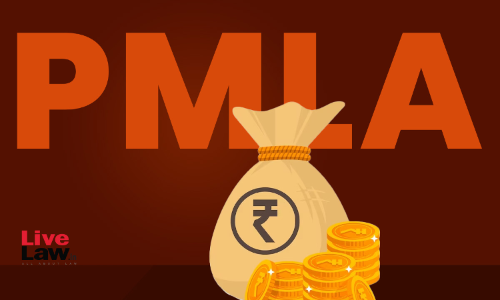
On 30th July 2019, a bill introduced as the Consumer Protection Bill, 2019 was passed by the Lok Sabha. Presumably the said bill will be passed in the Rajya Sabha and shall receive the assent of the President of India soon as well. Upon the said Bill becoming effective, and subject to the notification passed by the Government, the present Consumer Protection Act, 1986 will stand repealed....
On 30th July 2019, a bill introduced as the Consumer Protection Bill, 2019 was passed by the Lok Sabha. Presumably the said bill will be passed in the Rajya Sabha and shall receive the assent of the President of India soon as well. Upon the said Bill becoming effective, and subject to the notification passed by the Government, the present Consumer Protection Act, 1986 will stand repealed.
The Consumer Protection Act, 1986 was enacted with the objective of providing better protection of the interests of the consumers, and is considered to be a watershed moment in the growth of consumer rights and the legal system in this regard. The said Act having done away with technicalities and cumbersome procedures, became an effective and a comparatively inexpensive and prompt tool for consumers to assert and enforce their rights and even have the confidence to take large corporations to the various consumer fora.As such, the Bill, upon becoming effective and being notified as the prevalent Act, and consequently by repealing the 1986 Act, has big shoes to fill and must be able to provide for the same, or higher, ability to the consumers to protect and enforce their rights.
On a broad and basic review, the bill does seem to pass the muster and in many respects seems to elevate the standard in favour of consumers. Some of the provisions of the Bill which requires specific attention and understanding are as follows:
A. JURISDICTION OF THE CONSUMER DISPUTES REDRESSAL COMMISSIONS
As in the 1986 Act, the Bill also provides for the adjudication of consumer disputes by statutory commissions set up at the district levels, and state levels and with a national commission (with the possibility of regional centres for the same). The pecuniary jurisdiction for such redressal commissions have been enhanced in comparison with the 1986 Act, with the Bill specifically providing that the Central Government, where it deems it necessary to do, may prescribe other values for the said forum, as it deems fit, enabling the government to change the pecuniary jurisdiction, as per the requirement of the place or time.
However, what is interesting in terms of the pecuniary jurisdiction, is the specific language employed in the Bill. Pertinently, such a clause in the 1986 Act was stated as : "where the value of the goods or services and compensation, if any, claimed,….". Whereas in the Bill, the language of the provision is as follows: "where the value of the goods and services paid as consideration…"
Therefore, firstly the compensation being claimed by the complainant does not seem to factor in the assessment of the pecuniary jurisdiction. But more importantly, the phrase 'paid as consideration' would seem to imply that the pecuniary jurisdiction is determined by what has been actually paid already by the complainant and not the total value of the good / service. Such a reading of the section may particularly impact complaints being made by flat – owners, etc., where even though the value of the property may be above 1 Crore, the allottee having made payment of only a certain percentage of the total value (i.e., less than 1 crore) in terms of the construction milestones, would be denied from approaching the State Commission or the National Commission.
However, it is also relevant to note that, what is different from the 1986 Act, is that the Bill also grants jurisdiction to the relevant district commission / state commission where the Complainant resides or personally works for gain. This becomes especially beneficial for consumers, since consumers would no longer be required to file and pursue the complaint where the seller / service provider is located, which has significant time and cost implications on the complainant. The said provision also becomes relevant since e – commerce and e – transactions are on the rise and the service providers / sellers could have their registered offices anywhere else in the world.
B. Establishment of the Central Consumer Protection Authority
The Bill in section 10 thereof, contemplates the establishment of a central authority, i.e., the Central Consumer Protection Authority to 'regulate matters' relating to violation of consumer rights, unfair trade practices, and false or misleading advertisements which are prejudicial to the interest of 'public' and 'consumers'. The said Authority is also authorised to 'promote, protect and enforce' the rights of the consumers as a class.
Clearly the objective is to set up the Authority with a large mandate and with wide powers, which is further demonstrated from the fact that the Bill also provides for the Authority to have an Investigation Wing for the purpose of conducting inquiry or investigation under the Act, and also grants search and seizure powers.
But importantly, the language provided in Section 10 of the Bill makes the Authority responsible to regulate matters which are prejudicial to the interest of the 'public' in addition to the interestof the consumer. Thus far, the applicability of the 1986 Act is mainly for such persons who would qualify as 'consumers', as such to require any action under the 1986 Act, the threshold requirement that has to be fulfilled is that the impacted party qualify as a 'consumer'. However, in light of the language used in the Bill, the scope of intervention seems to have been increased to bring within the fold all such acts and practices which can be considered to be against public interest, and which may be affecting the market / people as a whole.
The said Authority may well be a shot in the arm for consumers, especially since the Authority is also vested with vide powers to pass orders as it deems fit and the Bill also provides for penal consequences for the non – adherence of the directions of the Central Authority in terms of Sections 88 and 89 of the Bill.Even apart from the above, there is no prescribed limitation period, or threshold pecuniary value, providing a seemingly approachable and powerful platform to consumers.
C. RECOGNITION AND TREATMENT OF UNFAIR CONTRACTS
In a much – needed move, for consumers, the Bill recognizes and addresses the menace of unilateral and unfair contracts. It has been held in number of judgments of the Supreme Court as well as of the National Commission that courts will not enforce and will, when called upon to do so, strike down an unfair and unreasonable contract, or an unfair and unreasonable clause in a contract, entered into between parties who are not equal in bargaining power.
However, equally there are sufficient precedents where courts have upheld the clauses of a contract keeping in view the sanctity of a contract and party autonomy. Therefore, whether a clause is unfair, and whether the consumer fora can strike down such a clause has been an oft – repeated argument in various matters.
Such a statutory recognition of unfair clauses is an important filip to rights of consumers against the standard, unilateral, terms and conditions imposed upon the customers in various industries, such as in housing, e-commerce, banking, etc.
D. PRODUCT LIABILITY AND PENAL CONSEQUENCES
The Bill in Chapter VI, introduces the concept of product liability for a defective product, and brings within its scope the product manufacturer, the product service provider and a product seller. The bill intends for this chapter VI to apply to every claim for compensation under a product liability action.
Although the Bill in Chapter VI is silent as to how such an action for product liability is to be taken, it would seem that the action that is contemplated is a consumer complaint, since the same is provided in the definition of "complaint" in the Bill (section 2(6)). However, even in terms of the earlier 1986 Act, actions could be brought for harm caused due to defective goods.
However, interestingly the term "product seller" has been defined broadly enough to include "a person who … is involved in placing such product for commercial purpose". As such, the bill can be read to bring within the scope even the e – commerce platforms, which have so far taken the defence of being 'aggregators only'. In fact the introduction of the definition of "electronic service provider" seems specifically intended in this regard.
However, even the 1986 Act enabled a person to approach a consumer fora in case of any harm caused due to defect in goods. Therefore the introduction of the chapter on Product Liability doesn't seem path breaking in that sense. However, one must wait for the final regulations to come out in relation to e - commerce. What is significant however is that in Chapter VII of the bill any grevious injury or death caused due to adulterated goods or spurious goods has been made into a punishable offence with imprisonment and fine. The offence is also cognizable and non - bailable.
(Authors are practicing Lawyers in the Supreme Court and other courts and tribunals in Delhi)
Views Are Personal Only.
[The opinions expressed in this article are the personal opinions of the author. The facts and opinions appearing in the article do not reflect the views of LiveLaw and LiveLaw does not assume any responsibility or liability for the same]




